Home>Garden Essentials>How Long To Toast Sesame Seeds
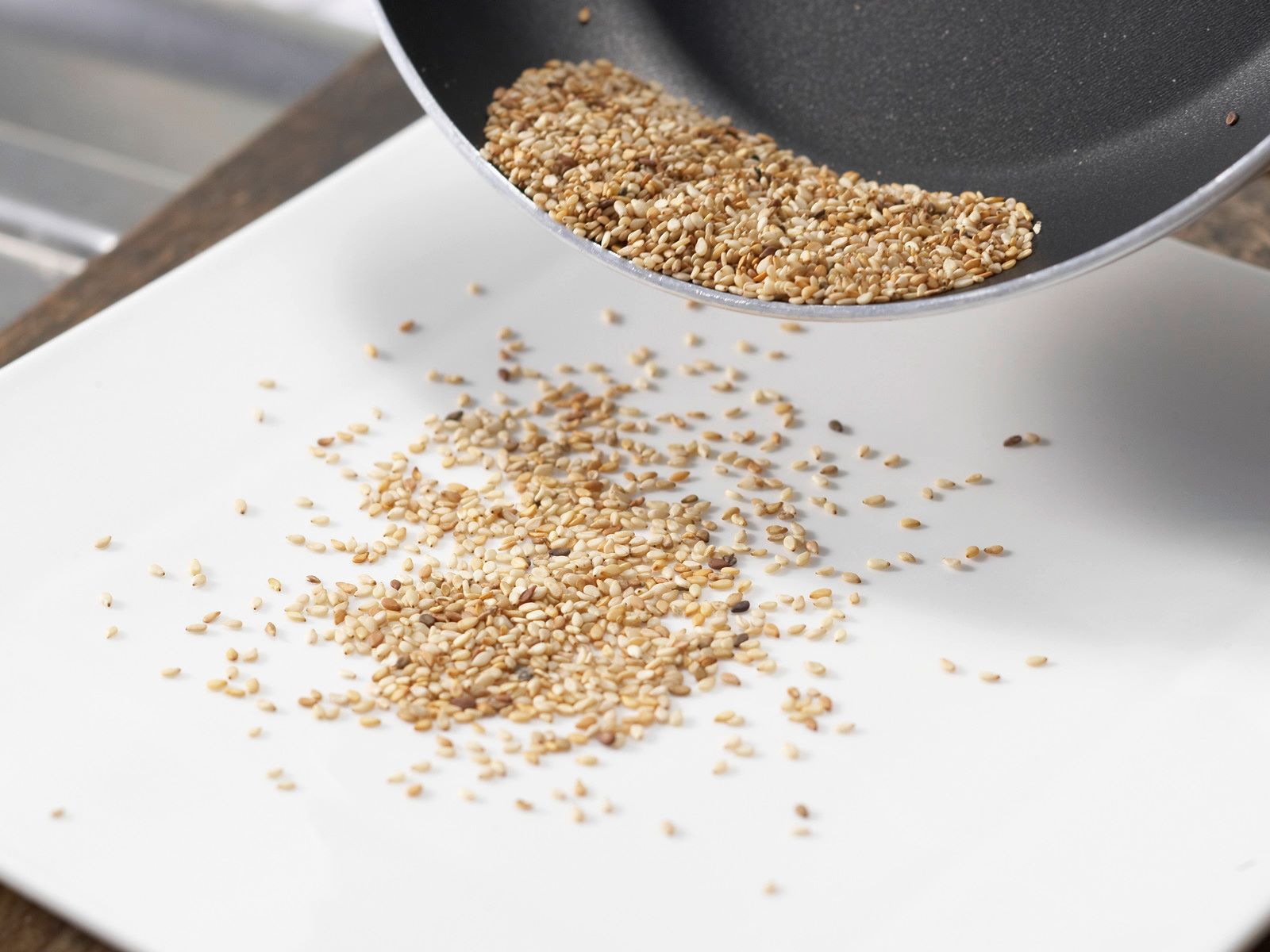

Garden Essentials
How Long To Toast Sesame Seeds
Modified: March 16, 2024
Discover how long it takes to toast sesame seeds in your garden with our helpful guide. Get perfectly crispy and flavorful results every time.
(Many of the links in this article redirect to a specific reviewed product. Your purchase of these products through affiliate links helps to generate commission for Storables.com, at no extra cost. Learn more)
Introduction
Welcome to the wonderful world of toasting sesame seeds! If you’re a fan of Asian cuisine or enjoy adding a sprinkle of nutty goodness to your dishes, then knowing how to properly toast sesame seeds is a must-have skill. Toasting sesame seeds not only enhances their flavor but also adds a delightful crunch to your meals. Whether you’re planning to make sushi rolls, stir-fries, or even a simple salad, toasted sesame seeds can elevate your culinary creations to new heights.
But before we dive into the nitty-gritty of toasting sesame seeds, let’s first understand why toasting is a game-changer.
Key Takeaways:
- Toasting sesame seeds enhances their flavor, adds crunch, and extends shelf life. Follow recommended toasting times and methods for perfect results every time.
- Incorporate toasted sesame seeds into salads, stir-fries, dips, and more for a nutty flavor and satisfying crunch. Experiment with different recipes and enjoy the culinary adventure!
Read more: How Long Do Toasted Sesame Seeds Last
Why Toast Sesame Seeds?
Toasting sesame seeds is a game-changer for several reasons. First and foremost, it releases the natural oils within the seeds, intensifying their flavor and aroma. Raw, untoasted sesame seeds have a mild taste, but once they are toasted, they become more nutty, fragrant, and downright irresistible.
Furthermore, toasting sesame seeds adds a delightful crunch to your dishes. The seeds turn golden brown and develop a crispy texture that enhances the overall eating experience. Whether you sprinkle them on top of a salad, stir-fry, or even a bowl of noodles, the toasted sesame seeds provide a satisfying pop with every bite.
Another benefit of toasting sesame seeds is that it helps prolong their shelf life. The process of toasting removes any moisture from the seeds, making them less prone to spoilage. This means that you can store your toasted sesame seeds for an extended period without worrying about them going rancid.
Lastly, toasting sesame seeds unlocks their nutritional potential. Sesame seeds are rich in essential minerals like calcium, iron, and magnesium. When toasted, these minerals become even more bioavailable, meaning your body can absorb and utilize them more effectively. Additionally, toasted sesame seeds are a great source of healthy fats and antioxidants, making them a nutritious addition to your meals.
With all these benefits in mind, it’s clear that toasting sesame seeds is more than just a matter of preference; it’s a culinary technique that enhances both the taste and nutritional value of this versatile ingredient.
Factors Affecting Toasting Time
Toasting sesame seeds may seem straightforward, but there are several factors that can affect the overall toasting time. It’s essential to understand these factors to achieve the perfect balance between a golden, toasted exterior and a moist, tender interior.
First and foremost, the type and size of sesame seeds play a significant role in determining the toasting time. White sesame seeds, which are commonly used in Asian cuisine, tend to toast faster than black sesame seeds. The smaller the seeds, the quicker they will toast. Therefore, it’s important to keep a close eye on the seeds as they can go from perfectly toasted to burnt in a matter of seconds.
The thickness of the layer of sesame seeds in your pan or on your baking sheet also affects the toasting time. If you have a thick layer, it may take longer for the heat to reach the seeds in the middle, resulting in uneven toasting. It’s best to spread the seeds out in a thin, even layer to ensure even heat distribution and consistent toasting.
Another factor to consider is the heat source and cooking equipment you are using. If you’re toasting sesame seeds on the stovetop, a skillet or frying pan with a wide bottom and even heat distribution is ideal. If you prefer to use the oven, preheating it to the correct temperature is crucial. Different ovens may have varying heat distributions, so it’s important to monitor the seeds closely to avoid over or under-toasting.
The final factor that can affect toasting time is personal preference. Some people prefer their sesame seeds lightly toasted for a subtle flavor, while others prefer a deep golden hue for a more pronounced nutty taste. Adjusting the toasting time based on your personal preference will help you achieve the desired level of toasting.
By considering these factors and adapting accordingly, you can ensure that your sesame seeds are perfectly toasted every time, adding that extra layer of flavor and texture to your dishes.
Recommended Toasting Times for Sesame Seeds
The toasting time for sesame seeds can vary depending on factors like seed type, cooking equipment, and personal preference. However, here are some general guidelines to help you achieve perfectly toasted sesame seeds:
- Stovetop Method: If you’re toasting sesame seeds on the stovetop, start by preheating a dry skillet or frying pan over medium heat.
- White Sesame Seeds: For white sesame seeds, it usually takes about 3-5 minutes to achieve a light to medium toast. Stir the seeds frequently to ensure even toasting.
- Black Sesame Seeds: Black sesame seeds, being slightly smaller and denser, may require a bit longer toasting time. Toast them for around 5-7 minutes until they turn a deep golden brown color.
- Oven Method: If you prefer to use the oven, preheat it to 350°F (175°C). Spread the sesame seeds out in a thin, even layer on a baking sheet.
- White Sesame Seeds: Toast white sesame seeds in the oven for about 8-10 minutes, stirring them once or twice during the process.
- Black Sesame Seeds: Black sesame seeds in the oven may take a bit longer, around 10-12 minutes, to achieve a rich, toasty flavor.
- Keep in mind that these are just general guidelines, and the exact toasting times may vary depending on your specific cooking equipment and seed moisture.
Remember to keep a close eye on the sesame seeds as they toast to prevent them from burning. The seeds will continue to toast slightly even after they are removed from the heat, so it’s best to err on the side of caution and remove them from the heat source just before they reach your desired level of toasting.
Experimenting with different toasting times will allow you to discover your preferred level of toasting that best suits your taste buds and recipe requirements. With practice, you’ll become a pro at achieving perfectly toasted sesame seeds every time!
To toast sesame seeds, spread them in a single layer on a baking sheet and bake at 350°F for 8-10 minutes, stirring occasionally, until golden brown. Be careful not to burn them!
Different Toasting Methods
When it comes to toasting sesame seeds, there are various methods you can use based on your preferences and the equipment available in your kitchen. Let’s explore some of the different toasting methods:
- Stovetop Toasting: This is one of the most common methods used to toast sesame seeds. Heat a dry skillet or frying pan over medium heat. Add the sesame seeds and stir them continuously for even toasting. This method allows for more control over the toasting process as you can easily monitor the color change of the seeds.
- Oven Toasting: If you prefer a hands-off approach, oven toasting is a great option. Preheat your oven to 350°F (175°C). Spread the sesame seeds in a thin, even layer on a baking sheet. Place the baking sheet in the oven and toast the seeds, stirring them once or twice during the process to ensure even toasting. Oven toasting is ideal for larger batches of sesame seeds.
- Toaster Oven: If you have a toaster oven, you can use it to toast sesame seeds as well. Spread the seeds on a baking sheet or a piece of aluminum foil and place it in the toaster oven. Set the temperature to 350°F (175°C) and toast the seeds for the recommended time, stirring them occasionally to ensure even toasting.
- Microwave Toasting: While not as common, you can also toast sesame seeds in the microwave. Place the sesame seeds in a microwave-safe bowl and heat them on high for short intervals of 20-30 seconds. Stir the seeds between intervals until they are evenly toasted. Be cautious as the seeds can heat up quickly and may burn if left unattended.
- Deep-Frying: For a unique twist, you can deep-fry sesame seeds. Heat oil in a deep fryer or a deep pot to around 350°F (175°C). Gently drop the sesame seeds into the hot oil and fry them until they turn golden brown. Use a slotted spoon to remove them from the oil and drain them on a paper towel. While this method adds a crispy texture, it requires more oil and may alter the flavor profile of the seeds.
Each method has its own advantages, so feel free to experiment and find the technique that suits your preferences and available equipment. Whether it’s stovetop, oven, or even the microwave, you can achieve deliciously toasted sesame seeds with any of these methods.
Now that you know the various ways to toast sesame seeds, you can choose the method that fits your needs and get ready to add a delightful nutty flavor and crunch to your favorite recipes.
Read more: How Do You Toast Sesame Seeds
Tips for Toasting Sesame Seeds
Toasting sesame seeds may seem simple, but a few tips and tricks can help you achieve the best results. Here are some valuable tips to keep in mind when toasting sesame seeds:
- Use a dry, non-stick pan: To prevent the sesame seeds from sticking to the pan and burning, it’s important to use a dry pan. Non-stick pans work particularly well for toasting sesame seeds, as they require minimal oil or butter.
- Preheat the skillet or oven: Make sure to preheat your cooking surface before adding the sesame seeds. This ensures even heat distribution and helps prevent the seeds from becoming soggy or unevenly toasted.
- Stir constantly: Whether you’re using the stovetop or oven method, stirring the sesame seeds constantly is key to achieving even toasting. This prevents the seeds from clumping together and ensures that each seed is toasted to perfection.
- Monitor the heat: Keep a close eye on the heat to avoid burning the sesame seeds. Medium heat is typically sufficient for stovetop toasting, while an oven temperature of 350°F (175°C) works well for oven toasting.
- Toast in small batches: It’s best to toast sesame seeds in small batches, especially if you’re using the stovetop method. This allows for better control and prevents overcrowding, ensuring that the seeds toast evenly.
- Remove from heat before desired color: Keep in mind that sesame seeds will continue to toast slightly even after being removed from the heat source. To achieve your desired level of toasting, remove the sesame seeds from the heat just before they reach the desired color. This will prevent them from becoming overly dark or burnt.
- Allow to cool before storing: After toasting sesame seeds, allow them to cool completely before storing them in an airtight container. This helps retain their freshness and crunchiness for a longer period.
- Experiment with different seasoning: While toasting sesame seeds on their own adds a lovely nutty flavor, you can also try adding a sprinkle of salt or other seasonings to enhance their taste. Tossing the seeds with a touch of soy sauce or sesame oil before toasting can also provide an extra layer of flavor.
- Toast as needed: It’s best to toast sesame seeds as needed, rather than toasting a large batch in advance. Toasted sesame seeds are at their freshest and most flavorful when consumed shortly after toasting.
By following these tips, you’ll be well-equipped to toast sesame seeds like a pro. Whether you’re a seasoned cook or an enthusiastic beginner, toasting sesame seeds will add an extra layer of flavor and texture to your favorite dishes.
Suggested Uses for Toasted Sesame Seeds
Now that you have perfectly toasted sesame seeds on hand, let’s explore some fantastic ways to incorporate them into your culinary creations. Here are some suggested uses for toasted sesame seeds:
- Sprinkle over salads: Add a sprinkle of toasted sesame seeds to your favorite salads for a burst of nutty flavor and delightful crunch. They can complement both green salads and protein-packed salads like chicken or tofu.
- Garnish soups and stews: Enhance the visual appeal and taste of your soups and stews by garnishing them with a sprinkle of toasted sesame seeds. They can add an extra layer of richness to hearty vegetable soups or comforting bowls of noodle soup.
- Toss in stir-fries: Tossing toasted sesame seeds into stir-fries not only adds an enticing crunch but also imparts a delightful nutty flavor. Whether you’re making a vegetable stir-fry, a tofu stir-fry, or even a shrimp stir-fry, toasted sesame seeds can take it to the next level.
- Add to rice or grain bowls: Create flavorful rice or grain bowls by topping them with toasted sesame seeds. The seeds will provide a pleasant contrast in texture and amplify the taste of the dish. They work well with sushi rice, quinoa, brown rice, or even cauliflower rice.
- Coat meat or fish: Create a delectable crust on meats or fish by coating them with a mixture of toasted sesame seeds and breadcrumbs. This adds a unique texture and flavor profile to dishes like sesame-crusted salmon, sesame-crusted chicken, or even tofu cutlets.
- Mix into dips and spreads: Blend toasted sesame seeds into homemade dips and spreads for a delightful twist. Whether it’s hummus, tahini, or even a creamy sesame dressing, the toasted seeds will add depth and complexity to the flavors.
- Sprinkle on roasted vegetables: Elevate the taste of roasted vegetables by finishing them off with a sprinkle of toasted sesame seeds. Whether it’s roasted broccoli, Brussels sprouts, or sweet potatoes, the seeds will provide a nutty, crunchy element to the dish.
- Bake into bread or rolls: Incorporate toasted sesame seeds into your homemade bread or rolls for an extra burst of flavor. Simply sprinkle them on top of the bread dough before baking to add a beautiful visual appeal and a delightful crunch.
- Add to homemade granola or energy bars: Boost the nutritional profile of your homemade granola or energy bars by mixing in toasted sesame seeds. They will add a pleasant nutty flavor and a satisfying crunch to these wholesome snacks.
- Create a seasoning blend: Combine toasted sesame seeds with other spices and herbs to create a flavorful seasoning blend. Use it as a topping for avocado toast, sprinkle it on roasted nuts, or use it as a rub for grilled meats and vegetables.
The possibilities are virtually endless when it comes to using toasted sesame seeds in your cooking. Whether you sprinkle them, toss them, mix them, or bake them, these versatile seeds are sure to add a delightful touch to a wide variety of dishes.
So go ahead and explore the world of toasted sesame seeds, experiment with different recipes, and enjoy the nutty, crunchy goodness they bring to your culinary creations!
Conclusion
Toasting sesame seeds is a simple yet transformative technique that can elevate your dishes to new heights. Whether you’re adding a sprinkle to a salad, incorporating them into stir-fries, or using them as a flavorful topping, toasted sesame seeds bring a delightful nutty flavor and satisfying crunch to your culinary creations.
Throughout this article, we’ve explored the reasons why toasting sesame seeds is worth the effort, the factors that can affect toasting time, recommended toasting times, different toasting methods, and valuable tips for achieving perfect results. Armed with this knowledge, you’re well-equipped to toast sesame seeds like a pro.
Moreover, we’ve suggested various ways to incorporate toasted sesame seeds into your cooking, whether it’s garnishing soups and stews, adding them to rice or grain bowls, coating meats or fish, or even creating homemade dips and spreads. The possibilities are endless, allowing you to experiment and create unique and delicious dishes.
Remember, toasting sesame seeds is an art that requires attention and care. Keep a watchful eye on the seeds as they toast, and don’t be afraid to adapt the toasting time based on your preferences. Whether you choose the stovetop, oven, microwave, or even deep-frying method, each approach brings its own magic to the toasting process.
So, go ahead and unlock the potential of sesame seeds by toasting them to perfection. Your taste buds will thank you, and your dishes will reach a whole new level of flavor and texture. Whether you’re a seasoned cook or a culinary enthusiast, learning how to toast sesame seeds is a valuable skill that will enhance your cooking adventures in the kitchen.
Enjoy the process, indulge in the enticing aroma, and savor the incredible taste of toasted sesame seeds. Happy toasting!
Frequently Asked Questions about How Long To Toast Sesame Seeds
Was this page helpful?
At Storables.com, we guarantee accurate and reliable information. Our content, validated by Expert Board Contributors, is crafted following stringent Editorial Policies. We're committed to providing you with well-researched, expert-backed insights for all your informational needs.
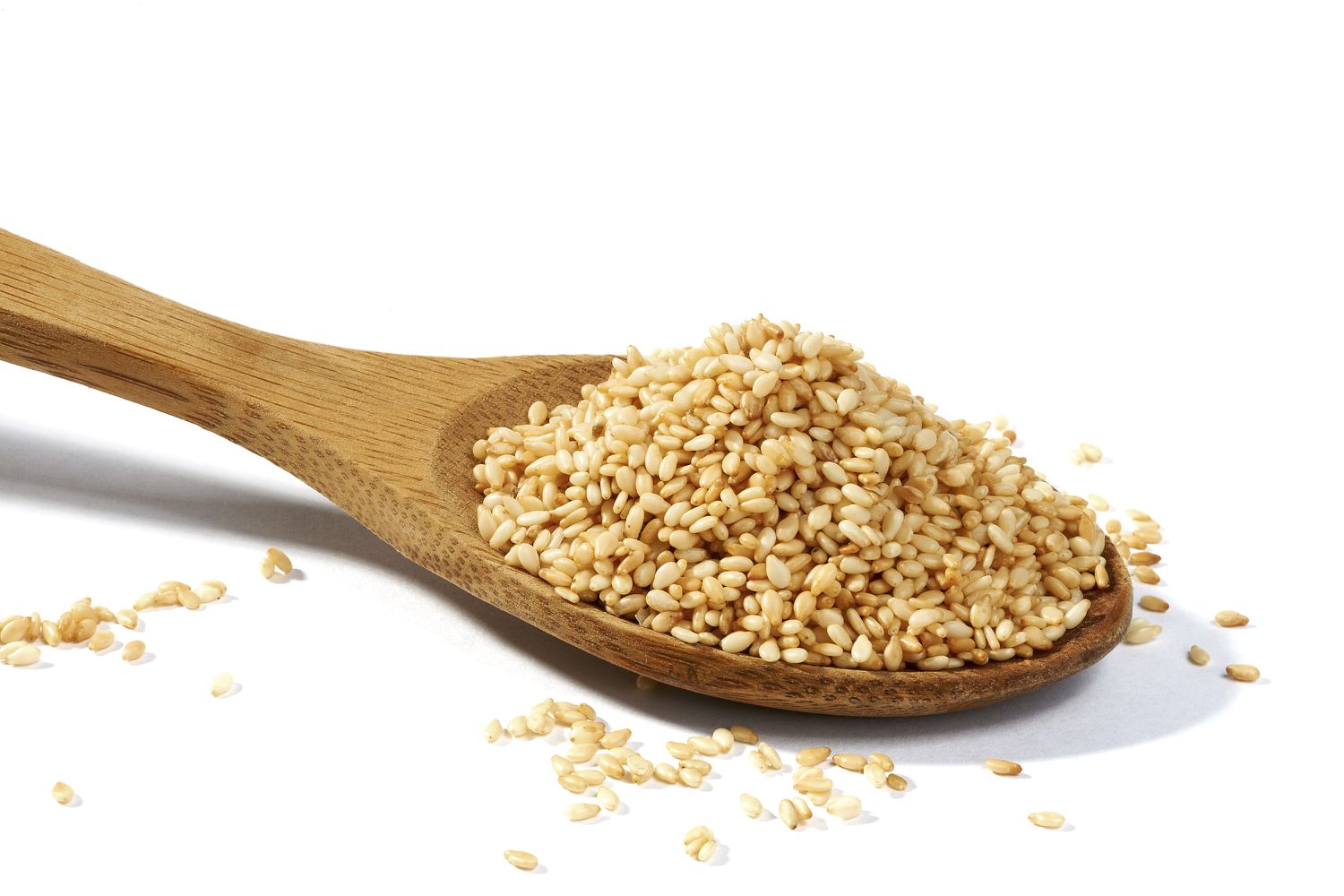
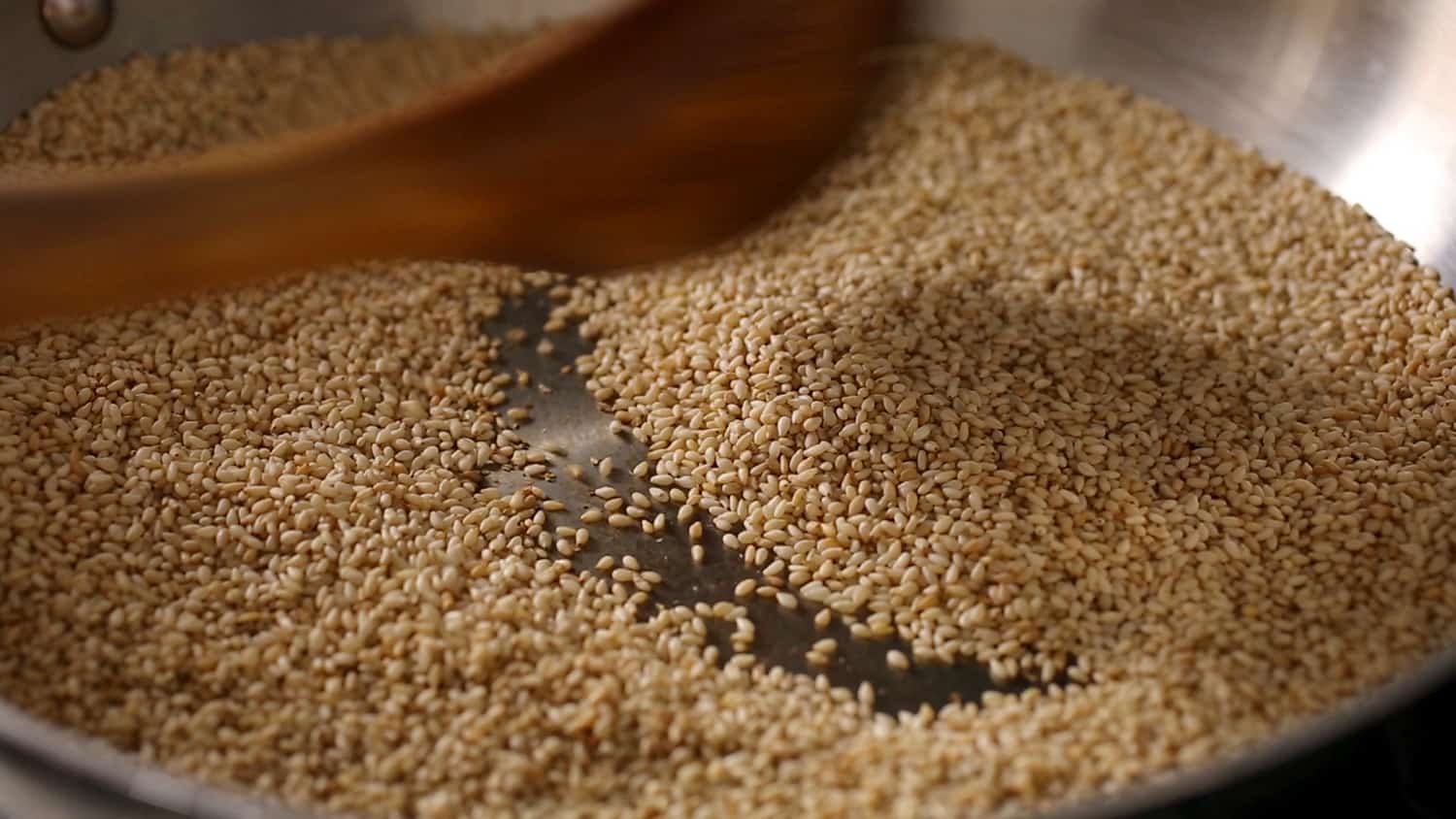
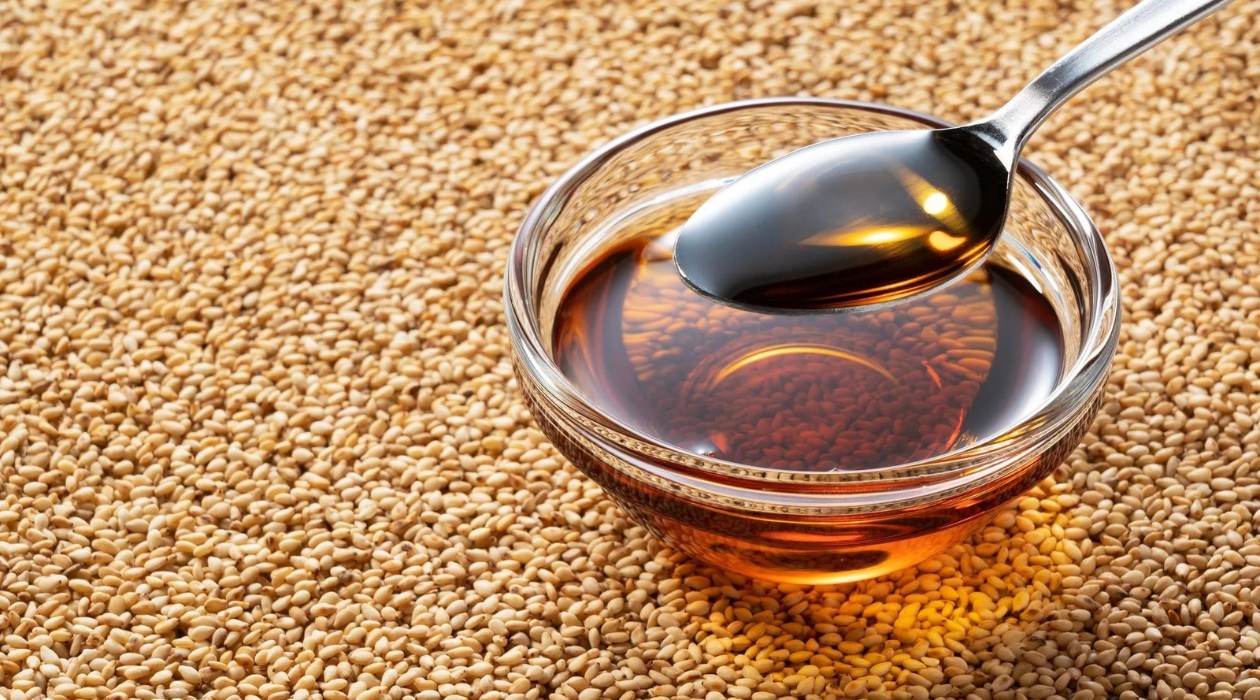
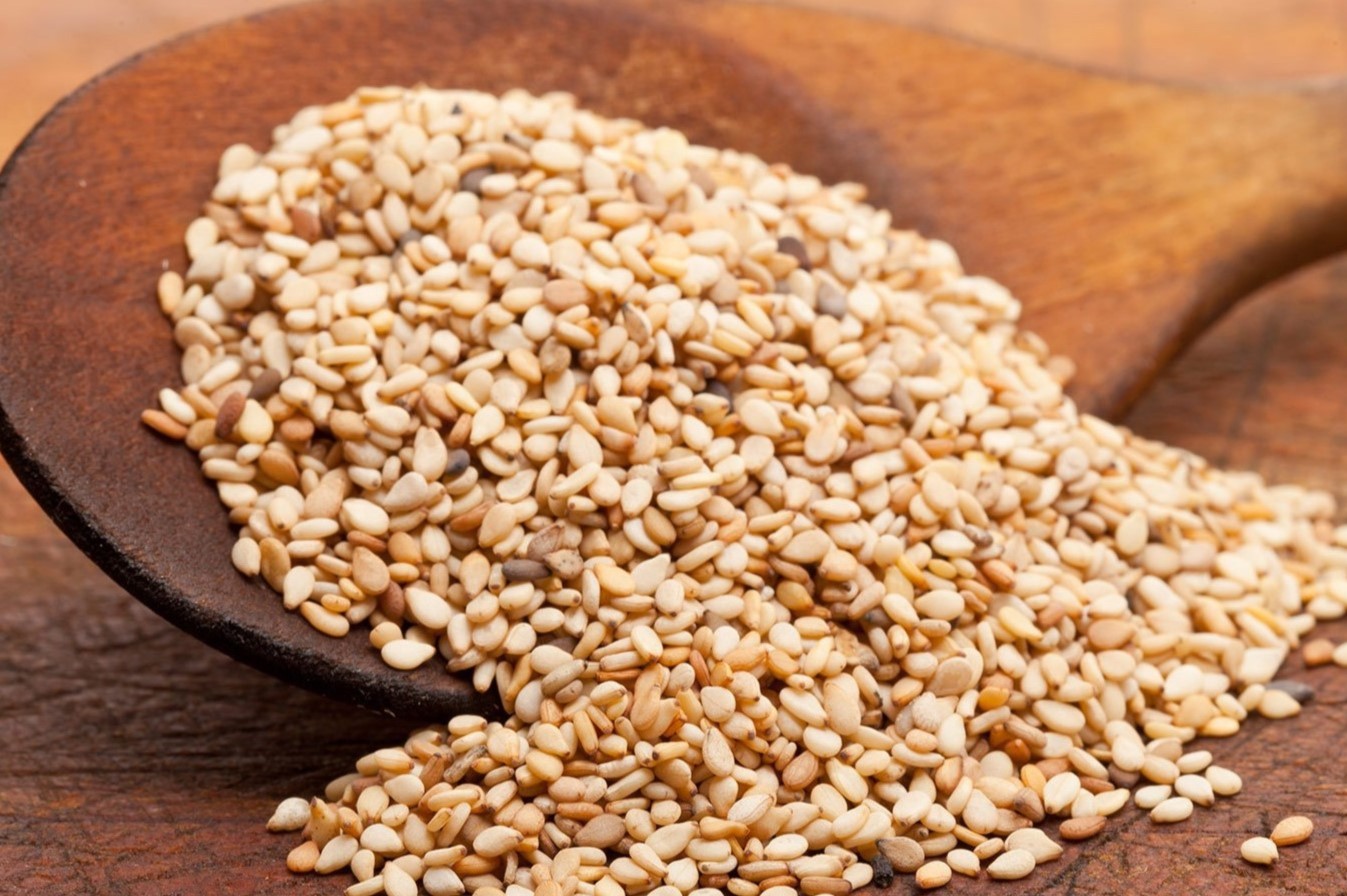
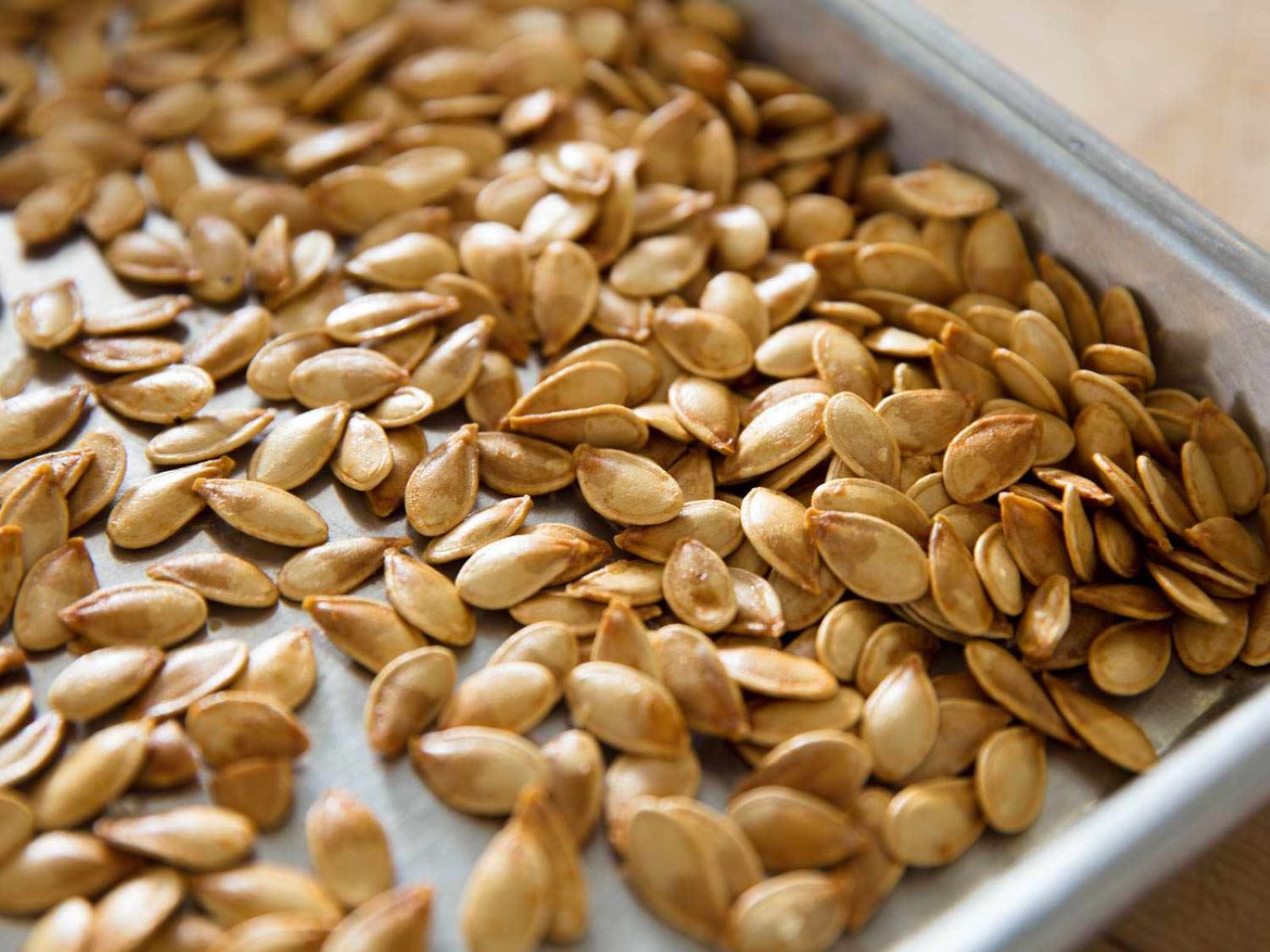
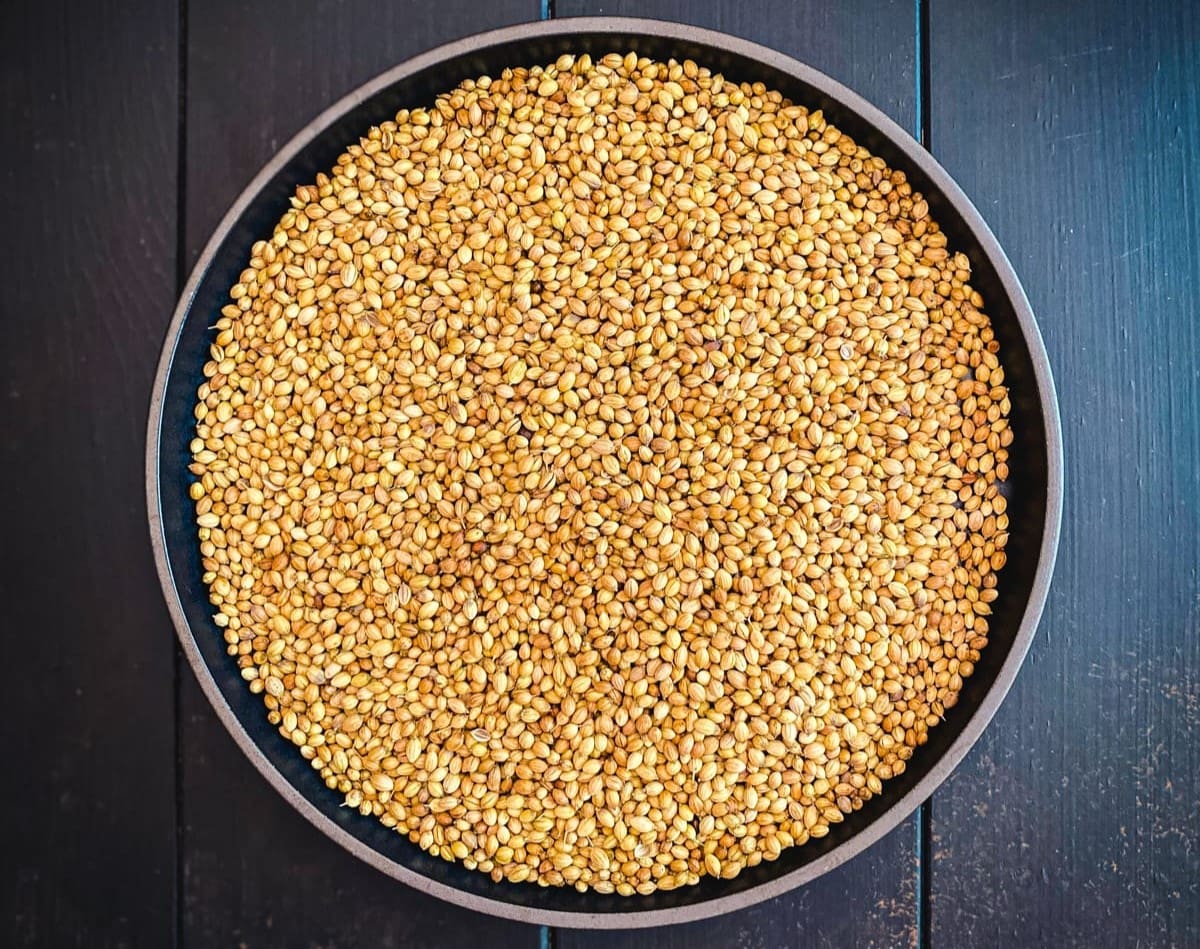
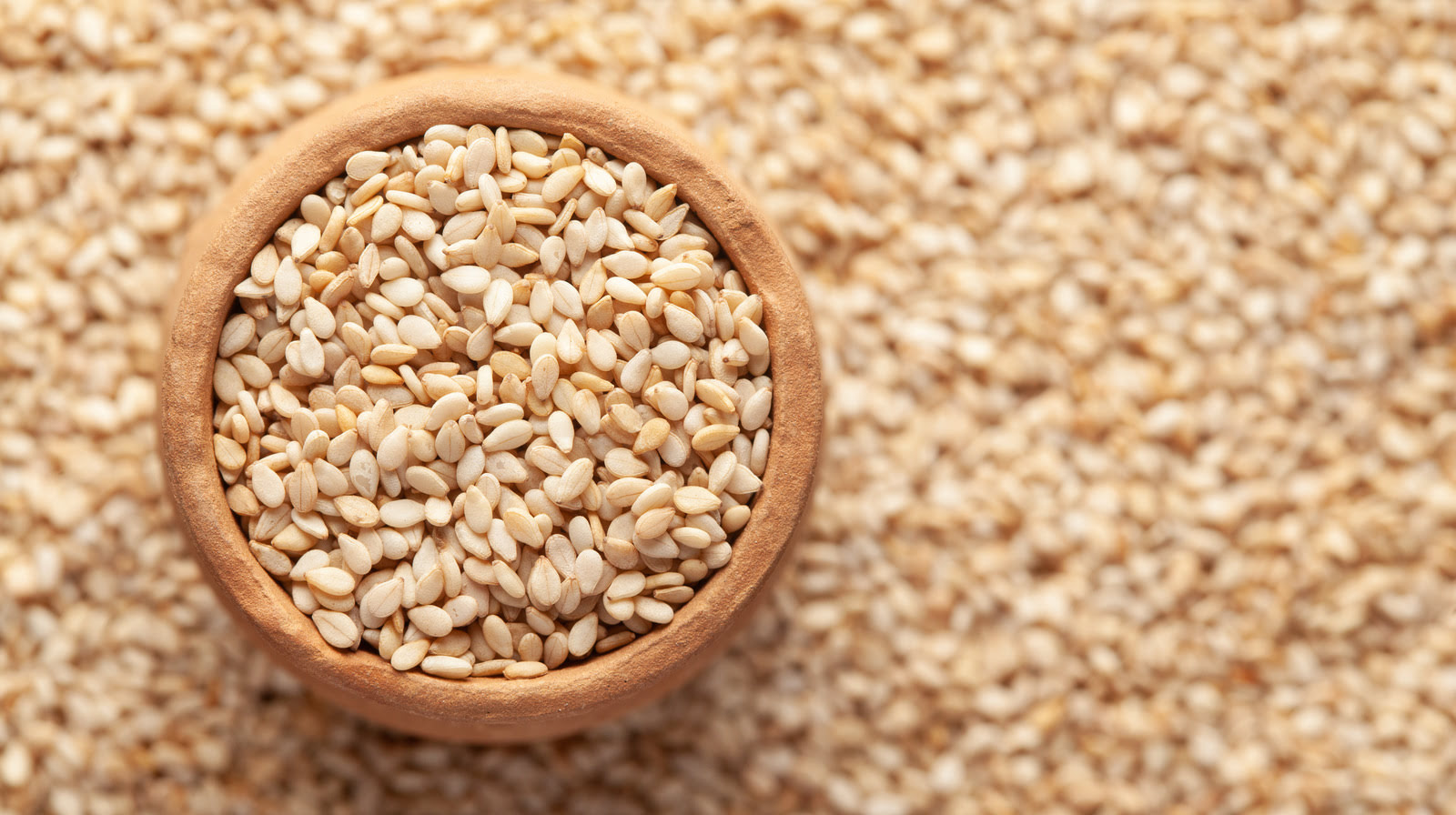
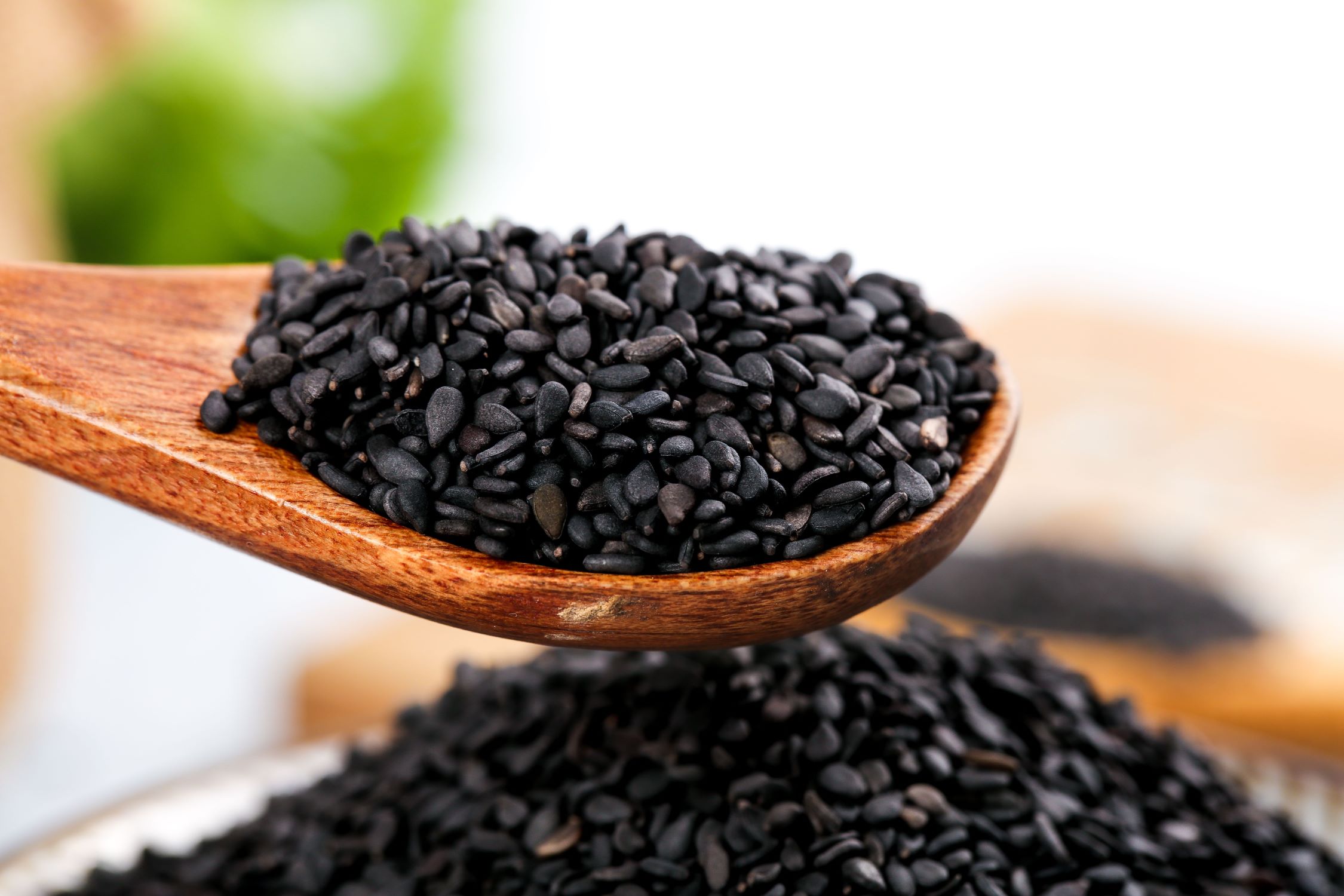
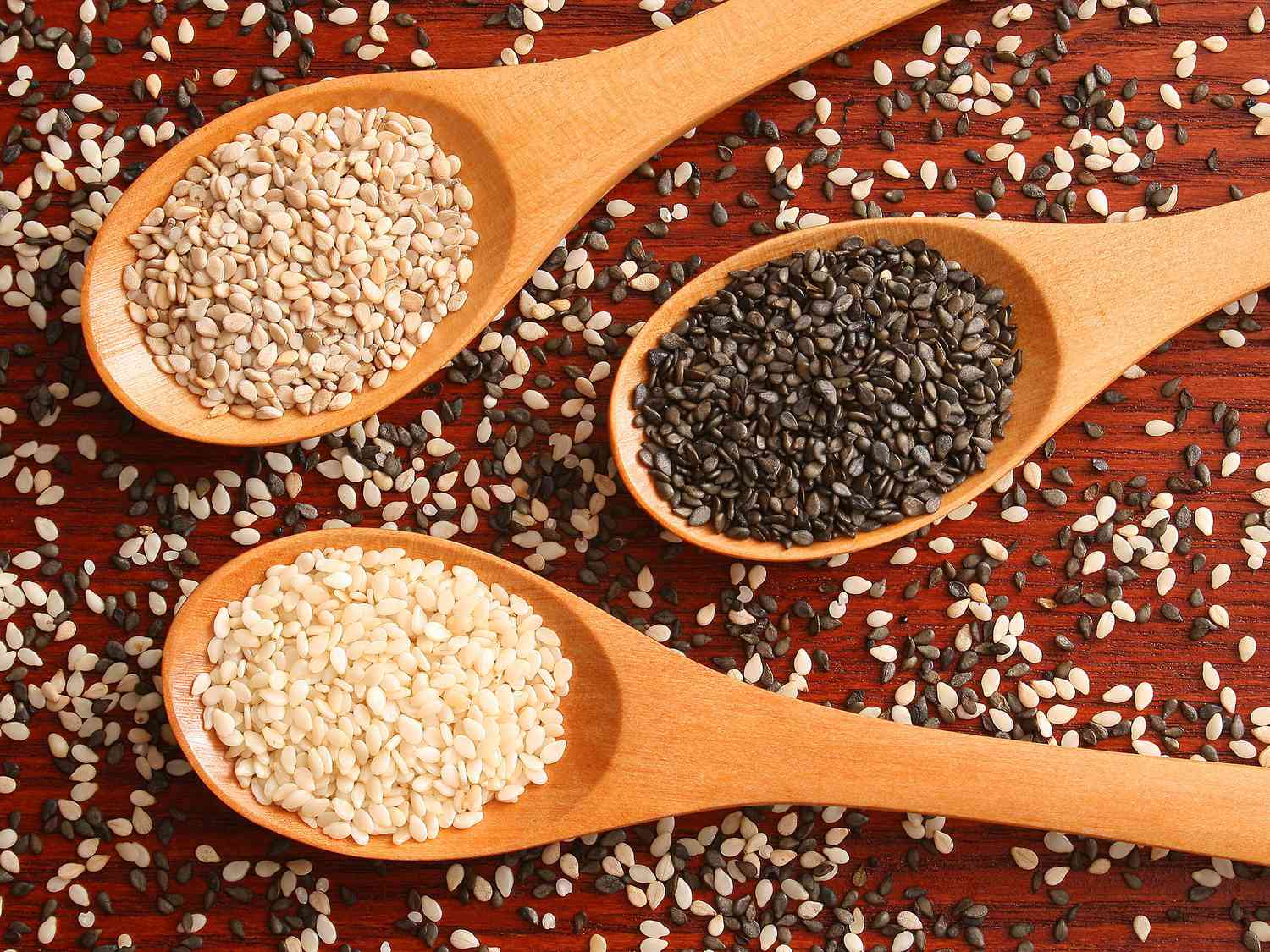
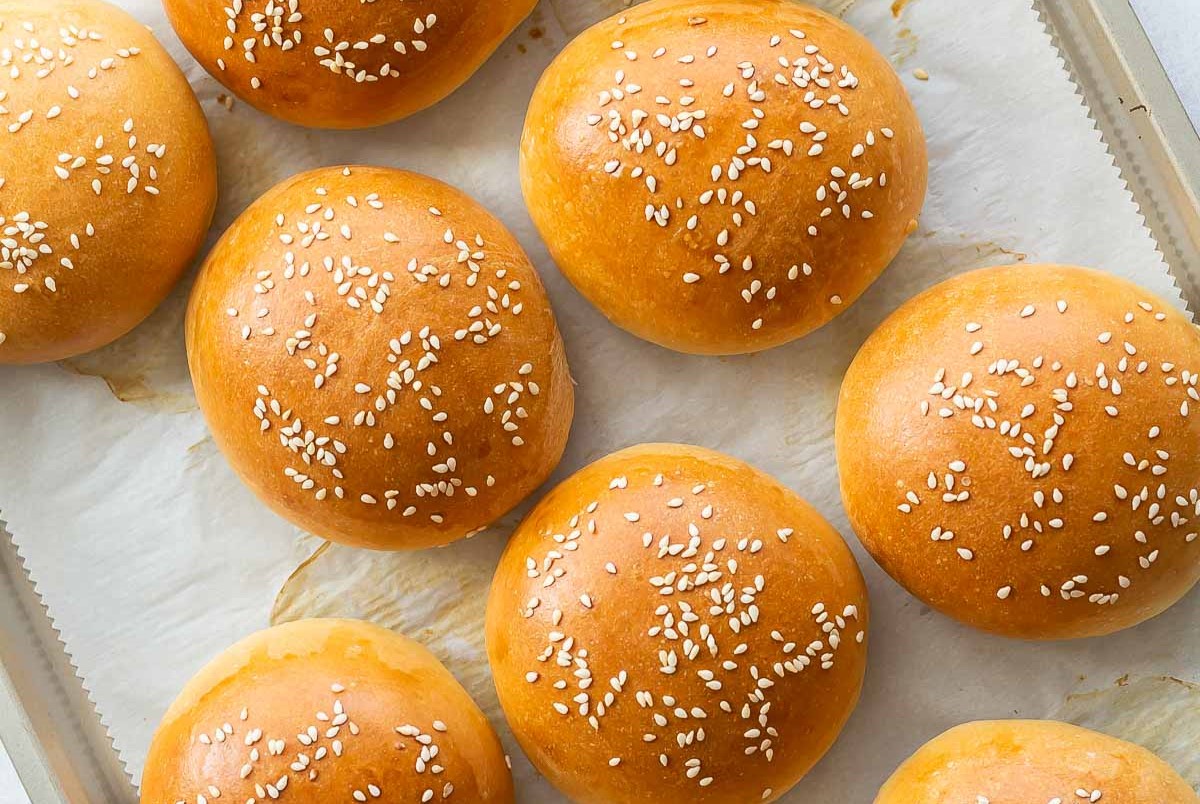
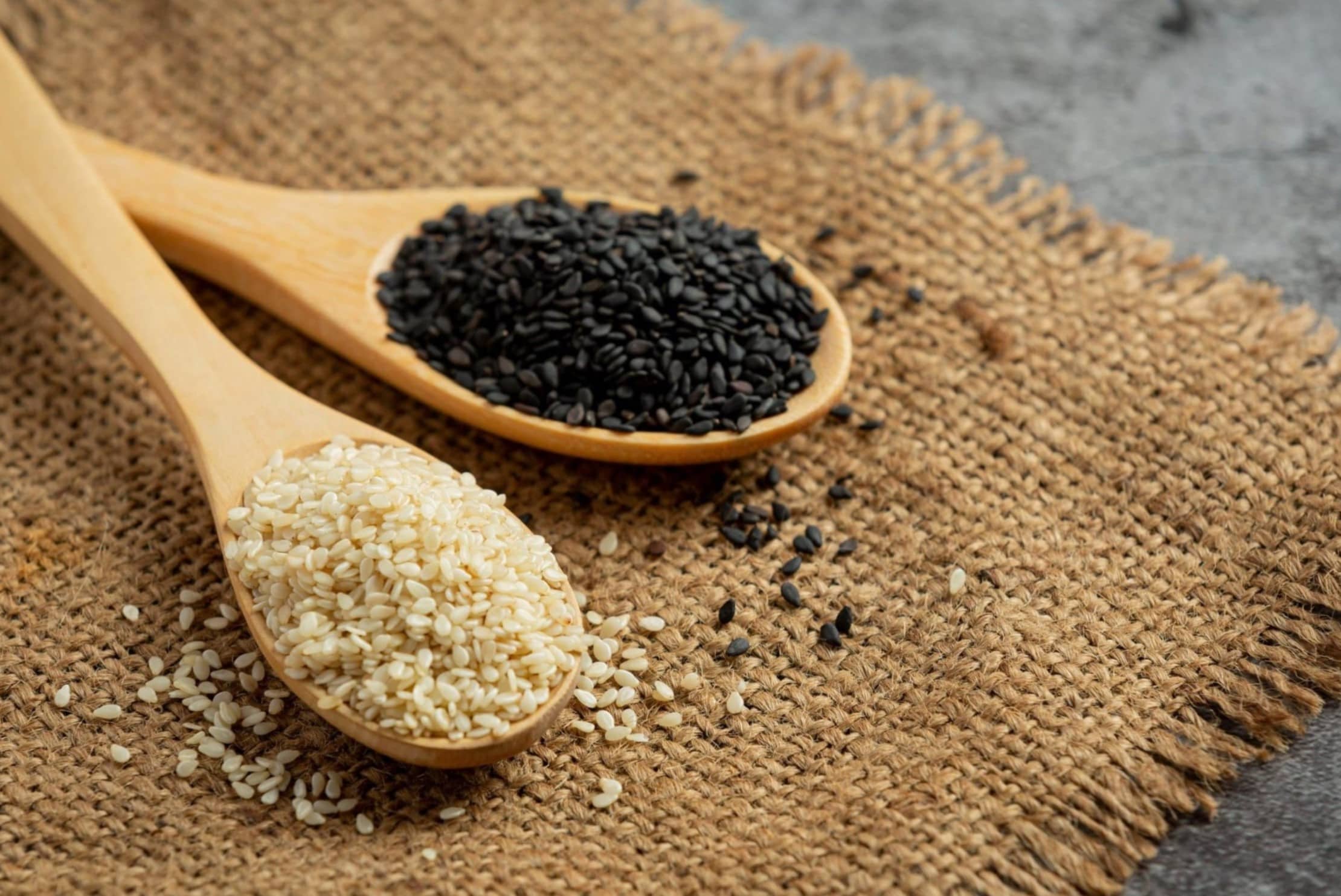
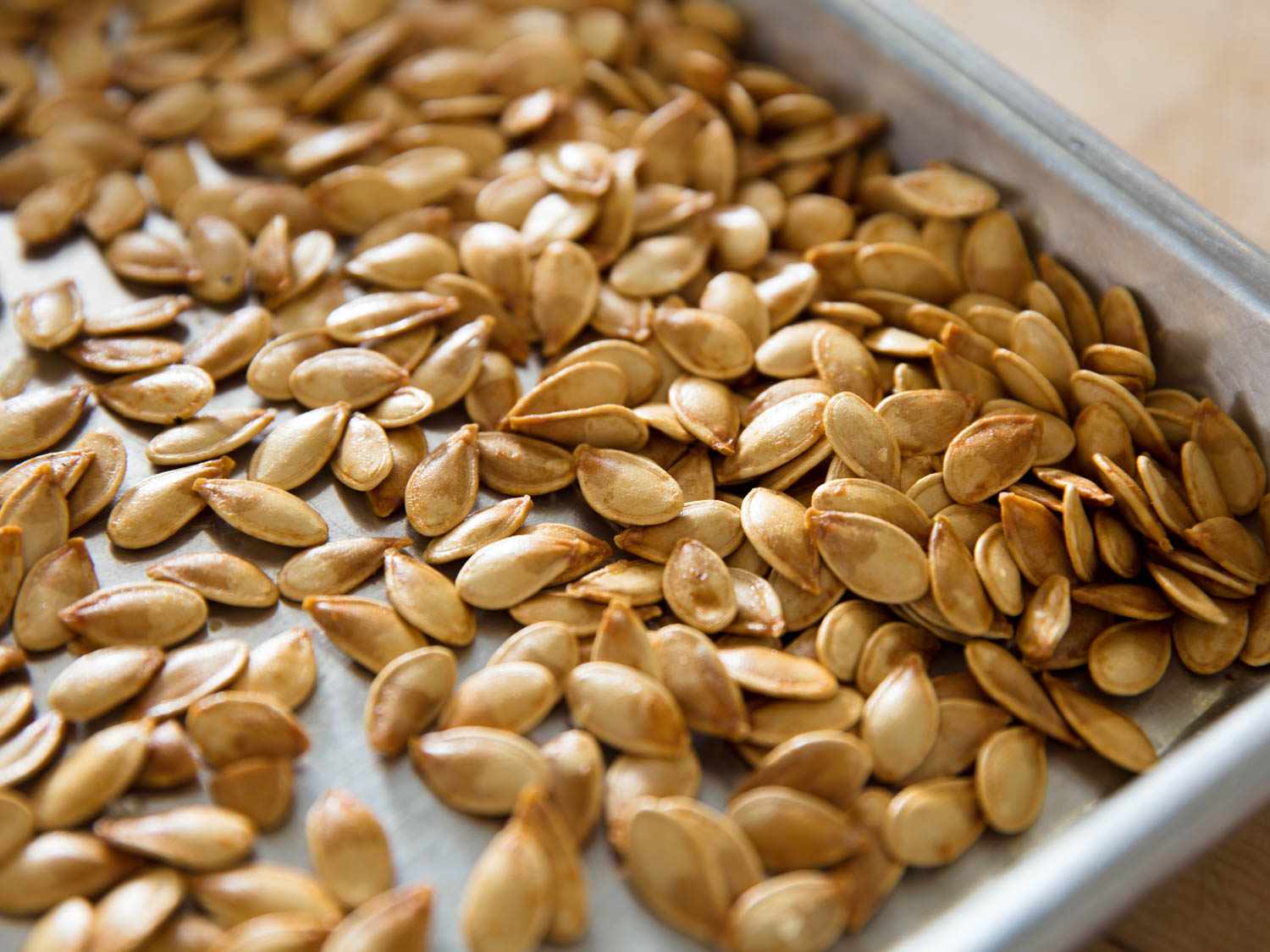
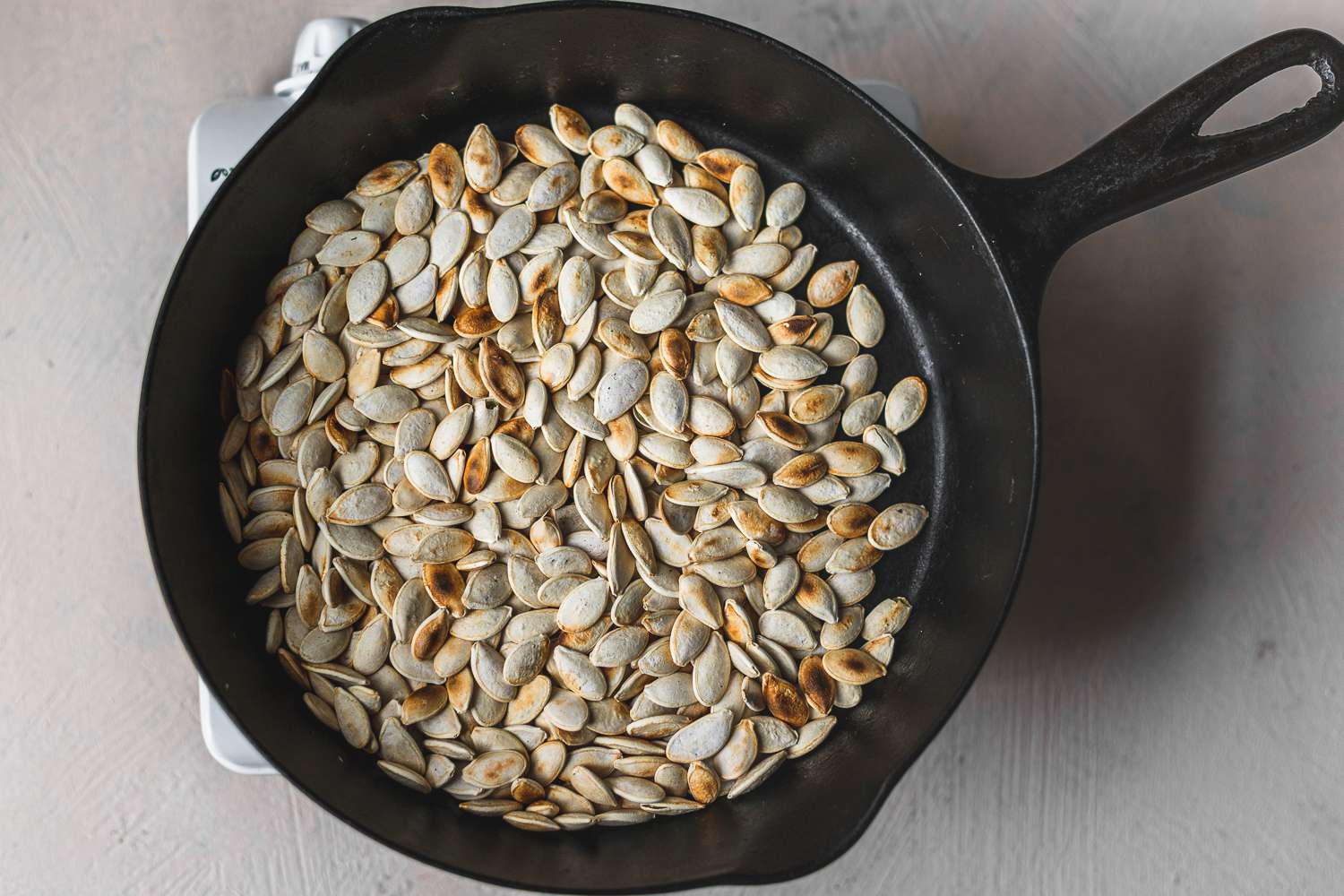
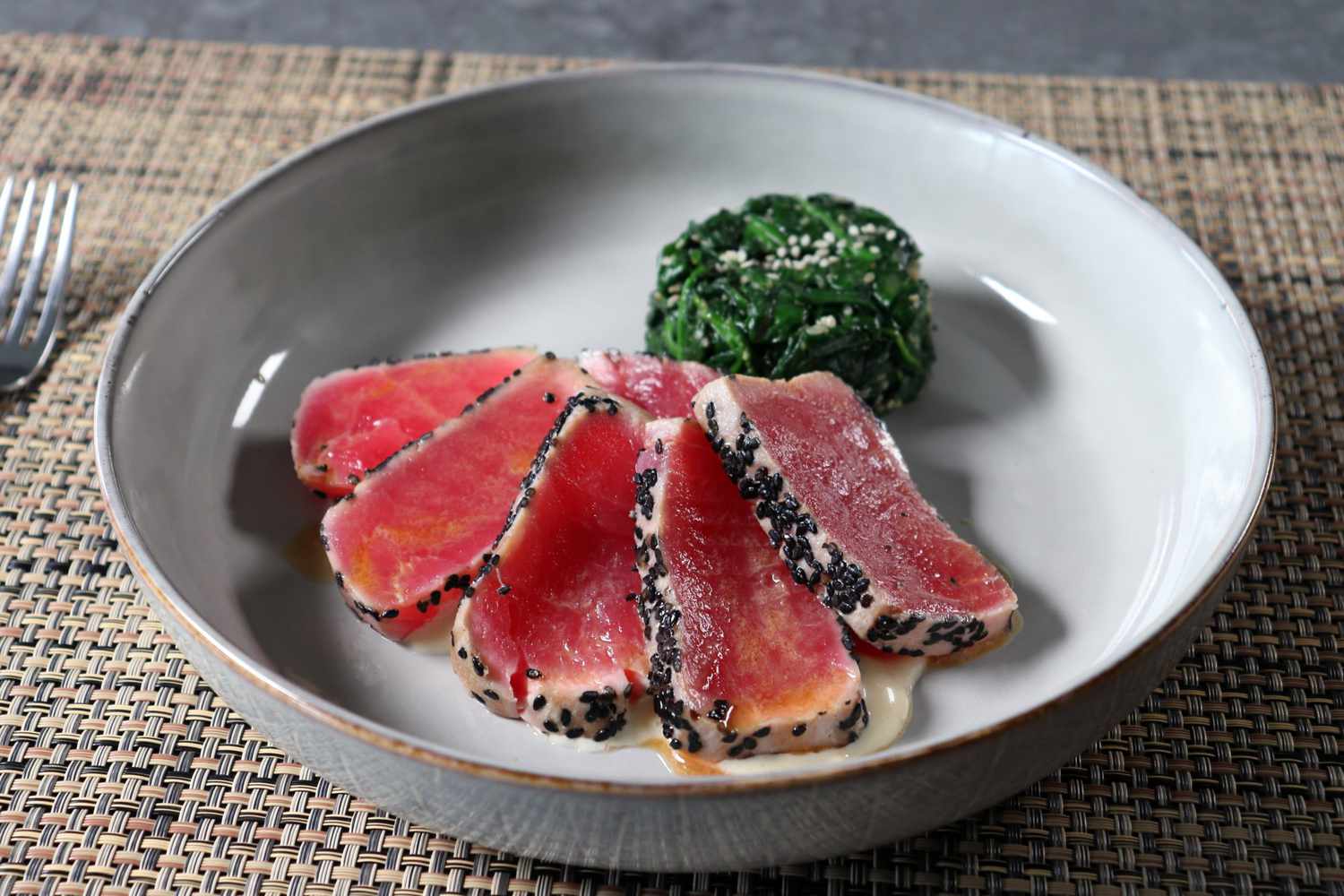

0 thoughts on “How Long To Toast Sesame Seeds”